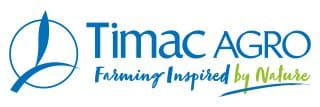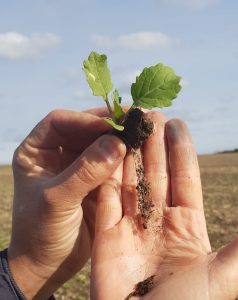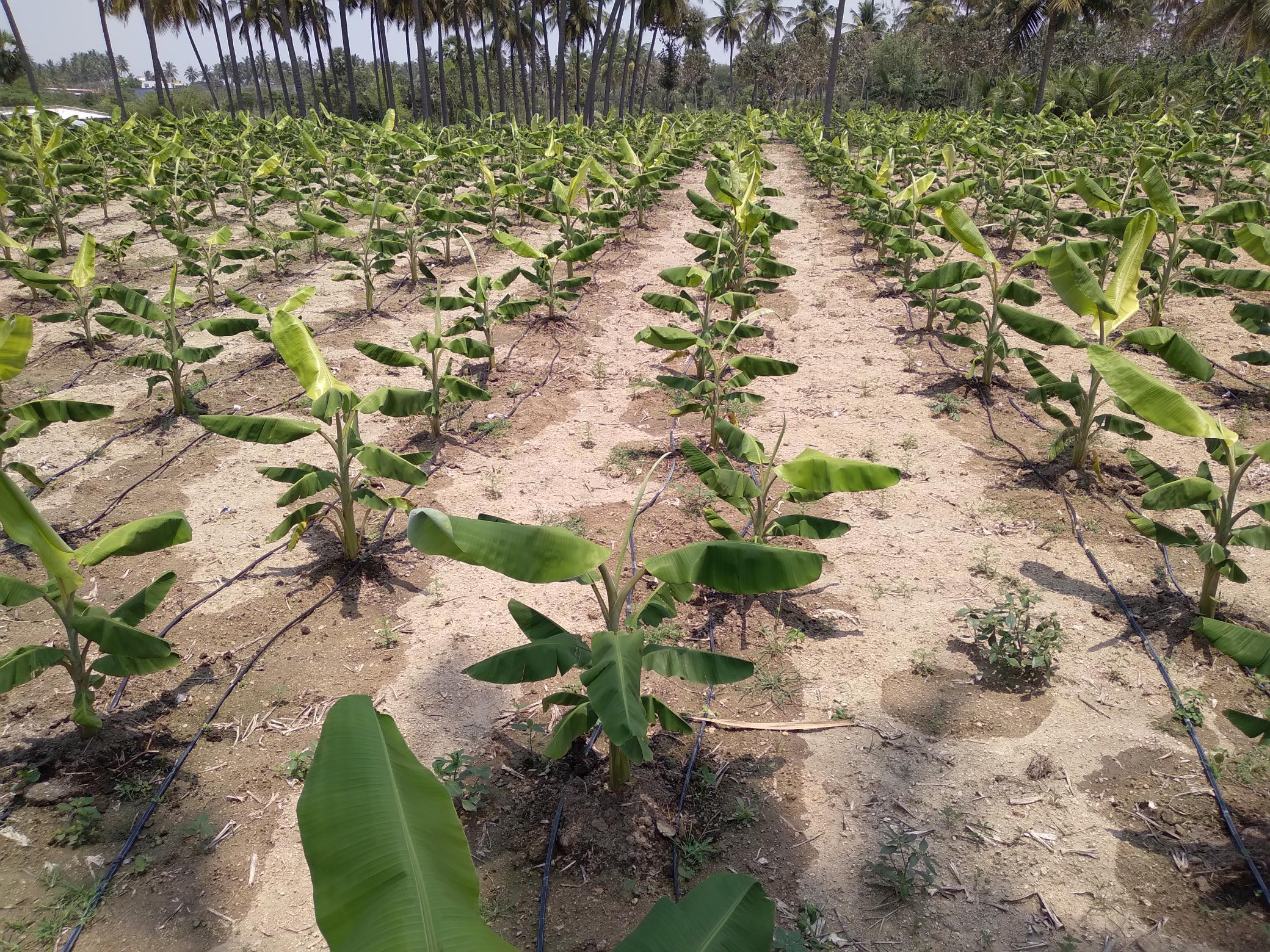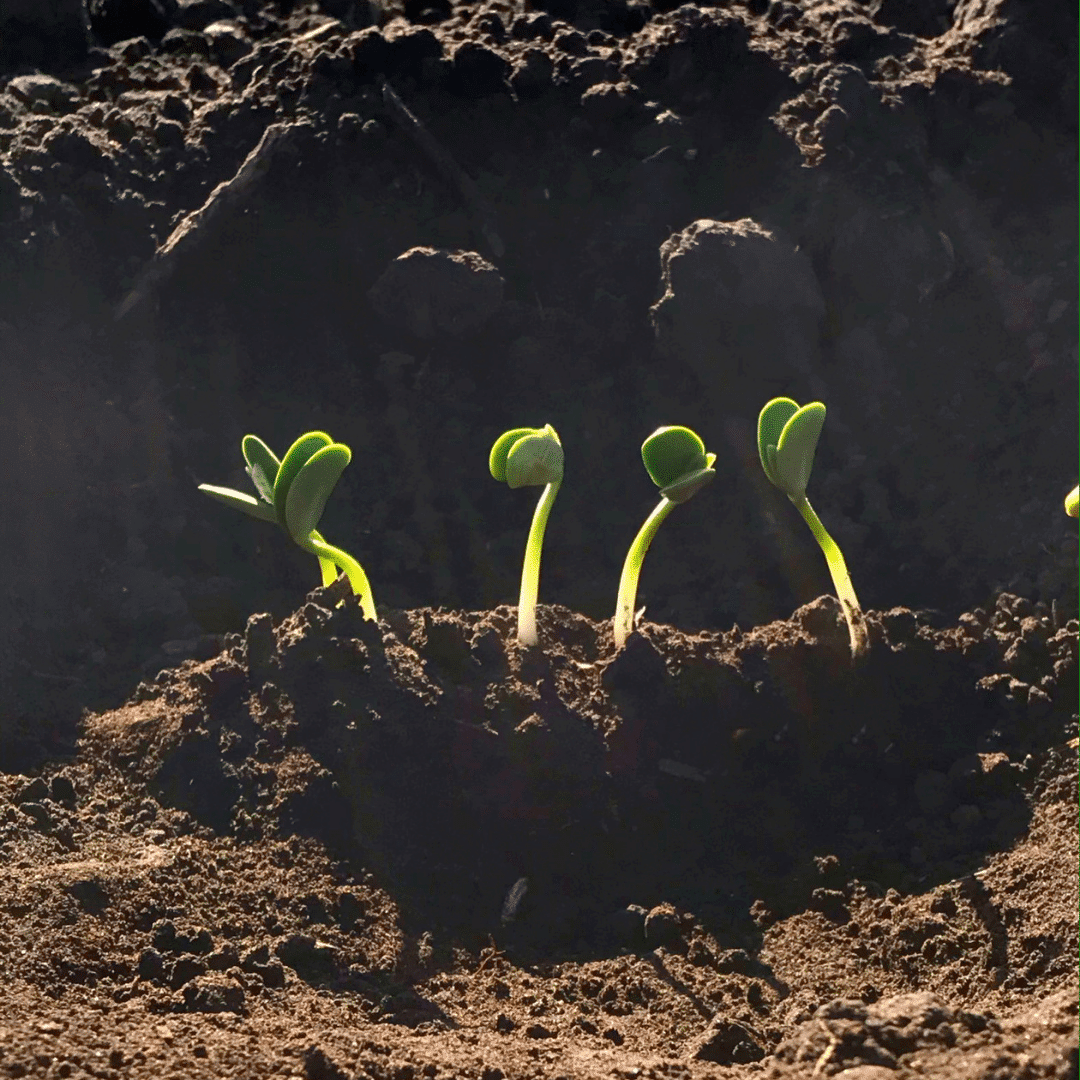Grassland Fertilization: Why and How to Optimize It
Restoring Grasslands to Their Rightful Place as a Crop
Often considered as secondary or self-sufficient areas, grasslands are in fact at the heart of the sustainability and profitability of livestock farming. They provide a major forage resource, determine feed autonomy, and directly influence herd health as well as milk and meat productivity. Yet, their agronomic management is sometimes treated as secondary, and their fertilization too generic—or even neglected.
However, grassland is a crop in its own right. It extracts nutrients from the soil to produce biomass and therefore requires reasoned nutrient returns like any other crop. This approach is all the more important today as systems must combine efficiency, frugality, and adaptation to economic and climatic constraints.
An Evolving Nutritional Context: The Example of Sulphur
Among the key elements to consider, sulphur is a clear illustration of the challenges of reasoned fertilization. Once delivered diffusely via industrial fallout, it is now becoming scarcer in the environment. This exposes certain grasslands to deficiencies, especially on sandy or shallow soils, or after rainy winters with high leaching.
Yet sulphur plays several roles in grassland nutrition: it boosts microbial activity responsible for organic matter mineralization, supports nitrogen uptake through synergy, protects nitrogen-fixing nodules in legumes, and contributes to plant protein quality, particularly through the synthesis of methionine, an essential amino acid for ruminants.
Taking this potential imbalance into account in fertilization plans helps better utilize the nitrogen applied, while improving the nutritional density of harvested or grazed forage.
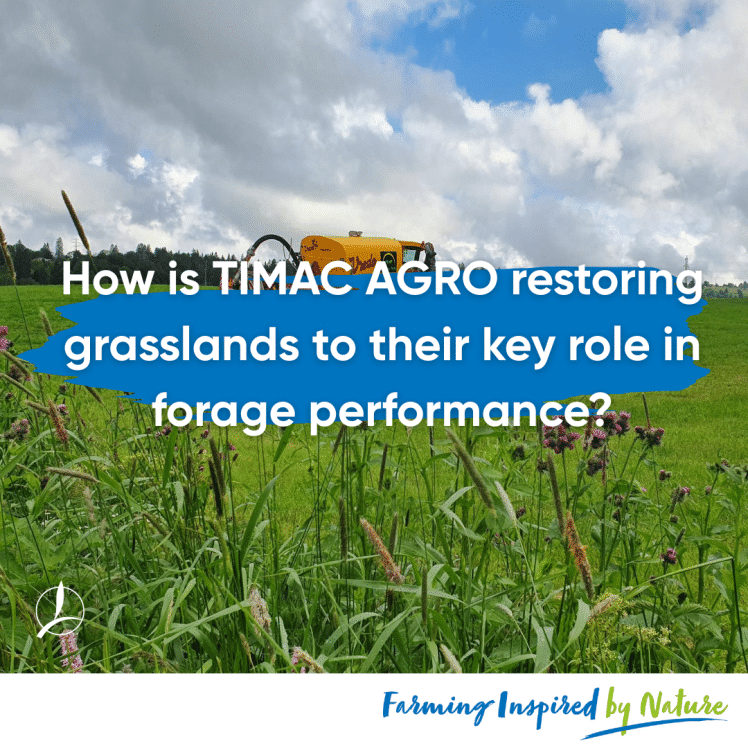
Adapting Practices to Secure Yield and Nutritional Value
Fertilizing a grassland means addressing several simultaneous agronomic objectives that determine the overall performance of the forage system.
First, it’s about securing yields by avoiding stagnation phases or uneven regrowth after cutting or grazing. Then, appropriate fertilization contributes to maintaining the nutritional quality of the sward—essential to reduce the need for supplements and ensure good intake. It also helps to maximize the use of nutrients available in the soil, particularly nitrogen, by reducing losses through volatilization or leaching. Finally, it supports the botanical balance of the grassland, preventing dominance by less valuable forage species.
The goal is not to intensify at all costs, but to finely manage a crop often perceived as passive—yet fully capable of fitting into a model of sustainable and optimized production.
Field Expertise to Fine-Tune Practices
In the field, TIMAC AGRO technical advisors observe that there is real potential for improvement. On many farms, simple adjustments based on soil analyses, flora observations, or foliar diagnostics help better exploit cutting cycles and strengthen the longevity of managed grasslands.
For example, on certain livestock farms in hedgerow regions, agronomic support provided at the end of winter allowed anticipation of a sulphur deficiency before visual symptoms appeared. The implementation of a targeted application, adapted to soil conditions and grazing practices, contributed to better vegetative regrowth from the first cut and more stable forage value throughout the season.
Beyond fertilizer application, it’s the entire grassland management strategy that can be optimized through a combined understanding of soil, plant, and livestock needs.
At TIMAC AGRO, we consider grasslands as full-fledged crops, deserving a comprehensive and contextualized technical approach. By combining agronomic diagnostics, field observations, and nutritional expertise, we support livestock farmers in implementing more effective, more sustainable practices that are fully aligned with today’s challenges in the animal production sectors.
